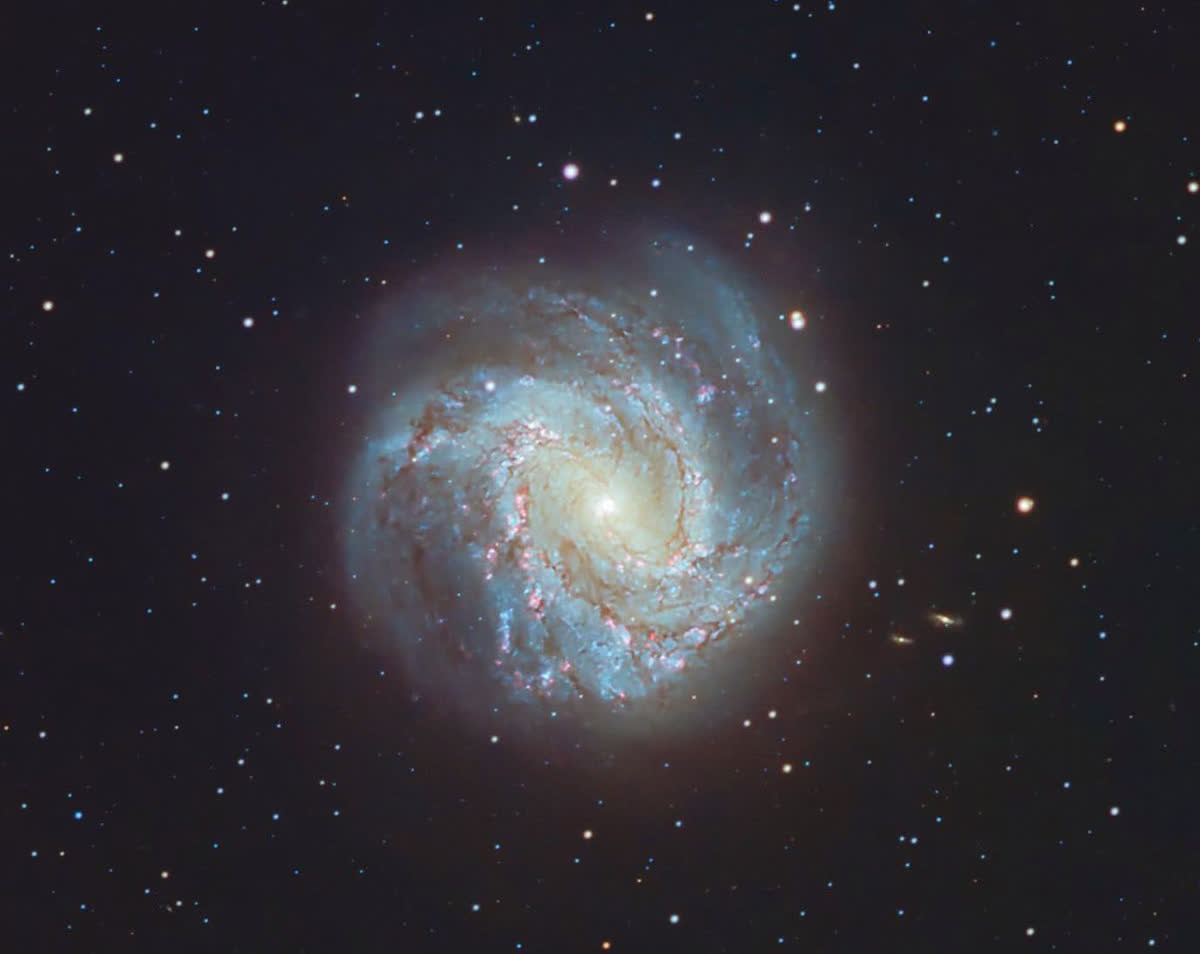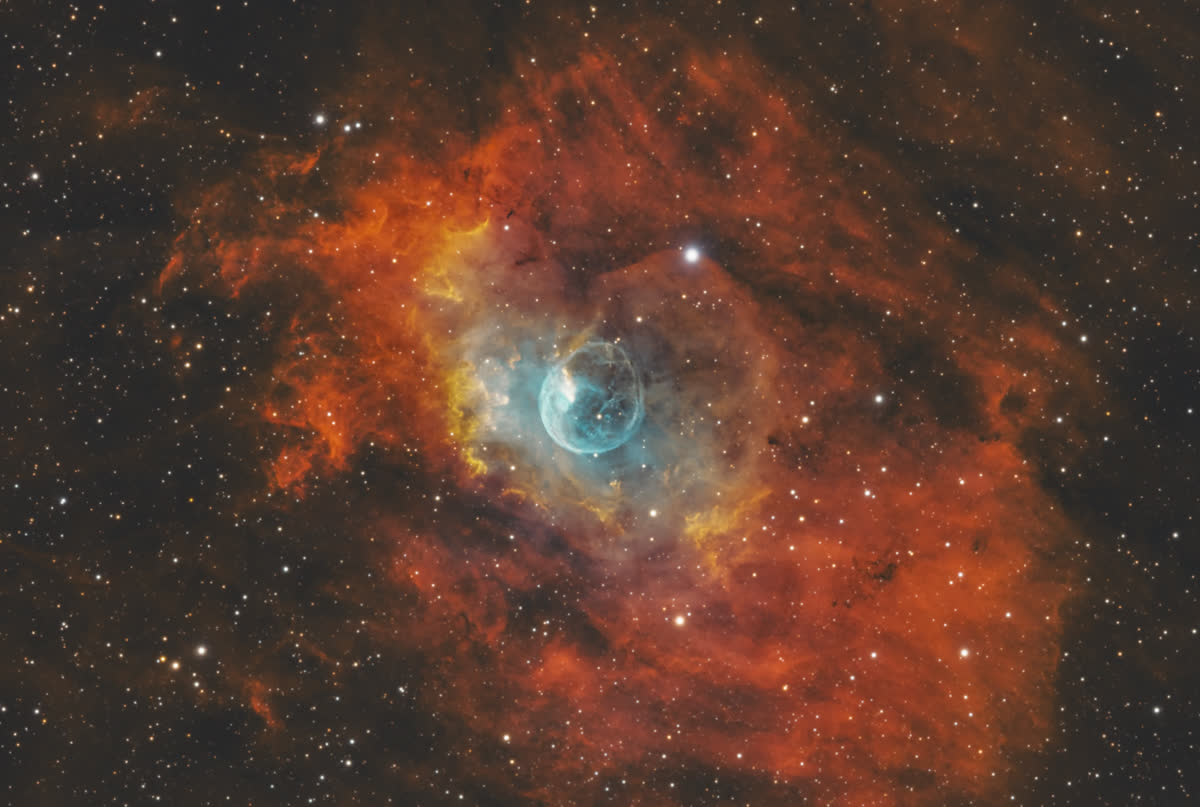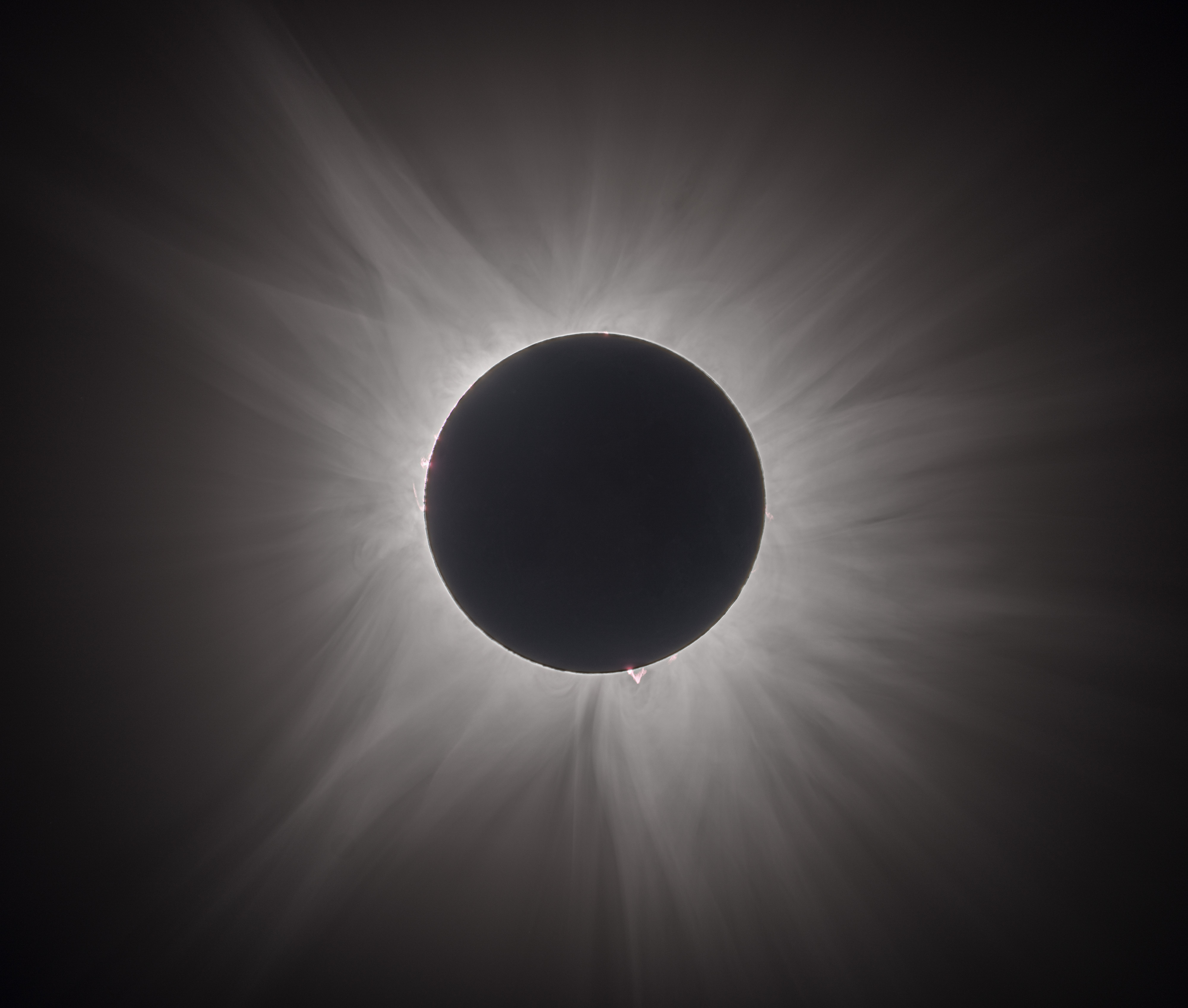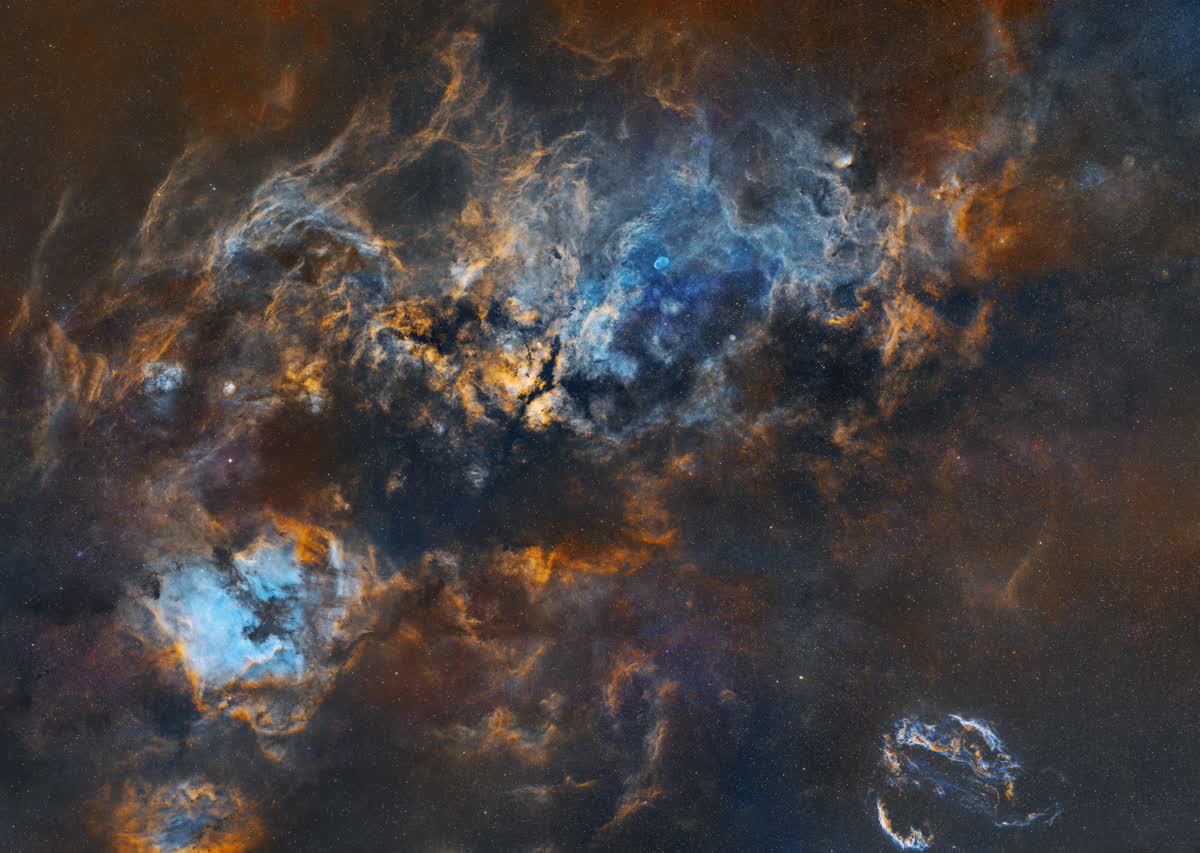What is Astrophotography
A visual journey into the depths of the cosmos, where science and art meet to reveal the hidden beauty of the universe.

Galaxy M83 "Southern Pinwheel" - A spectacular example of deep space astrophotography
Definition and Essence
Astrophotography is a specialized discipline of photography dedicated to capturing images of astronomical objects and vast areas of the night sky. It combines the technical precision of astronomy with the artistic sensitivity of photography, creating images that not only document the cosmos, but also inspire awe and curiosity about our place in the universe.
Unlike conventional photography, astrophotography requires specialized techniques to overcome the unique challenges of capturing faint light from distant celestial objects. This includes the use of long exposures, equatorial mounts for stellar tracking, and sophisticated post-processing techniques to reveal details invisible to the human eye.
Types of Astrophotography

Deep Space
Captures distant objects like nebulae, galaxies and star clusters. Requires specialized equipment and exposures of several hours to reveal faint structures and subtle colors.
- • Emission and reflection nebulae
- • Spiral and elliptical galaxies
- • Globular and open clusters

Planetary
Photography of planets, the Moon and the Sun. Focuses on capturing surface details, atmospheres and phenomena like eclipses and transits.
- • Solar system planets
- • Lunar phases and craters
- • Solar and lunar eclipses

Astrolandscape
Combines terrestrial elements with the night sky. Includes photographs of the Milky Way, constellations and atmospheric phenomena in landscape context.
- • Milky Way and landscapes
- • Prominent constellations
- • Atmospheric phenomena

Solar
Specialized in safely capturing the Sun. Includes photography of sunspots, prominences, coronas during eclipses and planetary transits.
- • Sunspots and solar granulation
- • Prominences and flares
- • Solar corona during eclipses
Main Challenges
Light Pollution
Artificial lights from cities interfere with night sky observation, reducing contrast and hiding faint objects.
Weather Conditions
Clouds, humidity, atmospheric turbulence and weather conditions can ruin carefully planned photography sessions.
Technical Complexity
Requires mastery of specialized equipment, precise configurations, instrument calibration and advanced image processing techniques.
Long Exposures
Sessions can last all night, requiring patience, careful planning and reliable equipment that works autonomously.
Equipment Investment
Quality telescopes, mounts, specialized cameras and filters represent a significant investment to obtain professional results.
Digital Processing
Requires advanced skills in specialized software to calibrate, stack, align and process hundreds of images to create the final image.
Why Astrophotography Matters
Astrophotography transcends the simple act of taking photographs. It is a window to scientific knowledge, an art form that inspires and educates, and a humble reminder of our position in the cosmos.
Each captured image contributes not only to visual beauty, but also to scientific understanding. Amateur astrophotographers have discovered supernovas, asteroids and comets, demonstrating that this discipline can have a real impact on professional astronomy.

Cygnus region mosaic showing multiple nebulae in a single composition
Explore Our Gallery
Discover a carefully curated collection of astrophotographs that demonstrate the diversity and beauty of the cosmos, from solar system objects to the most distant galaxies.
View Gallery